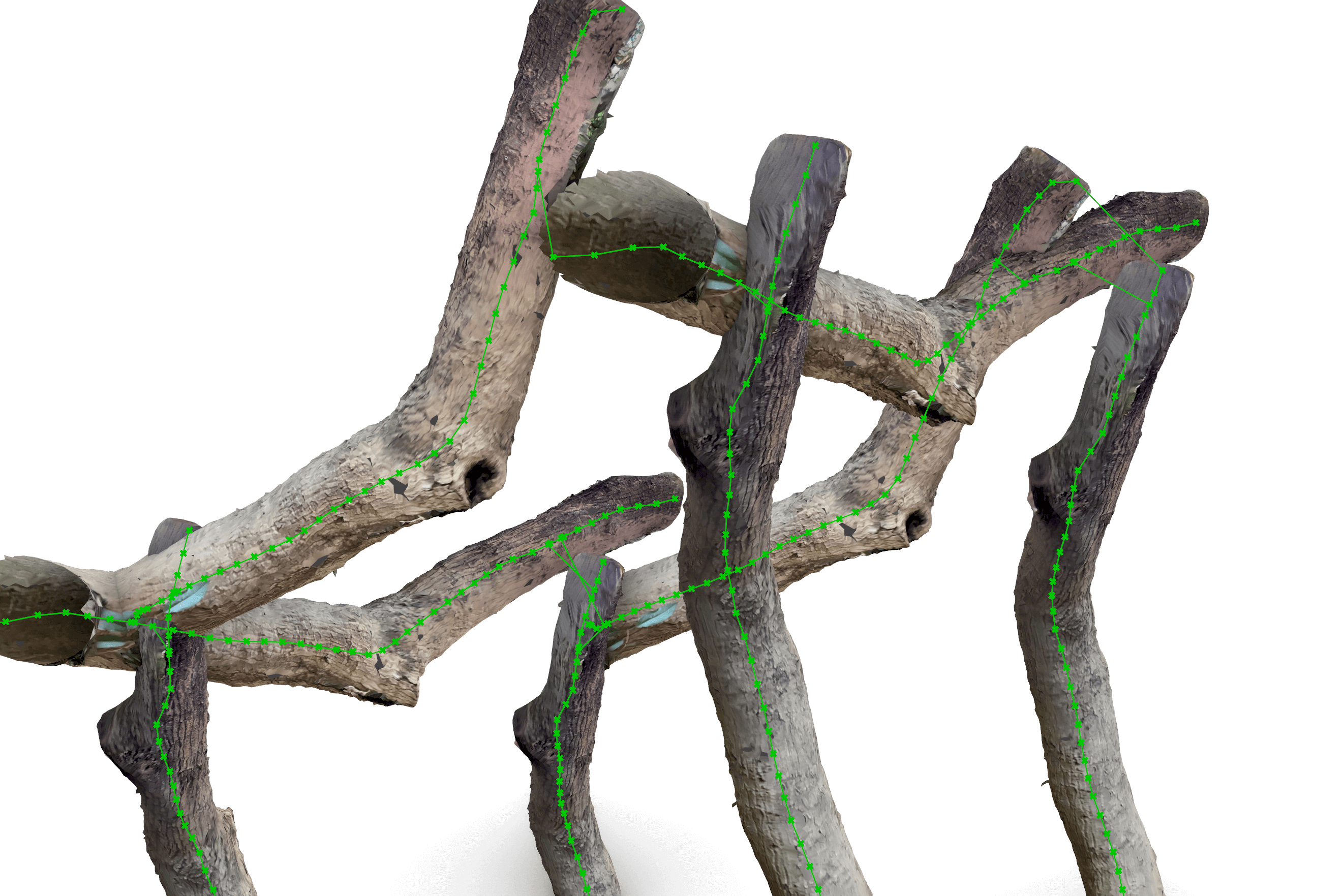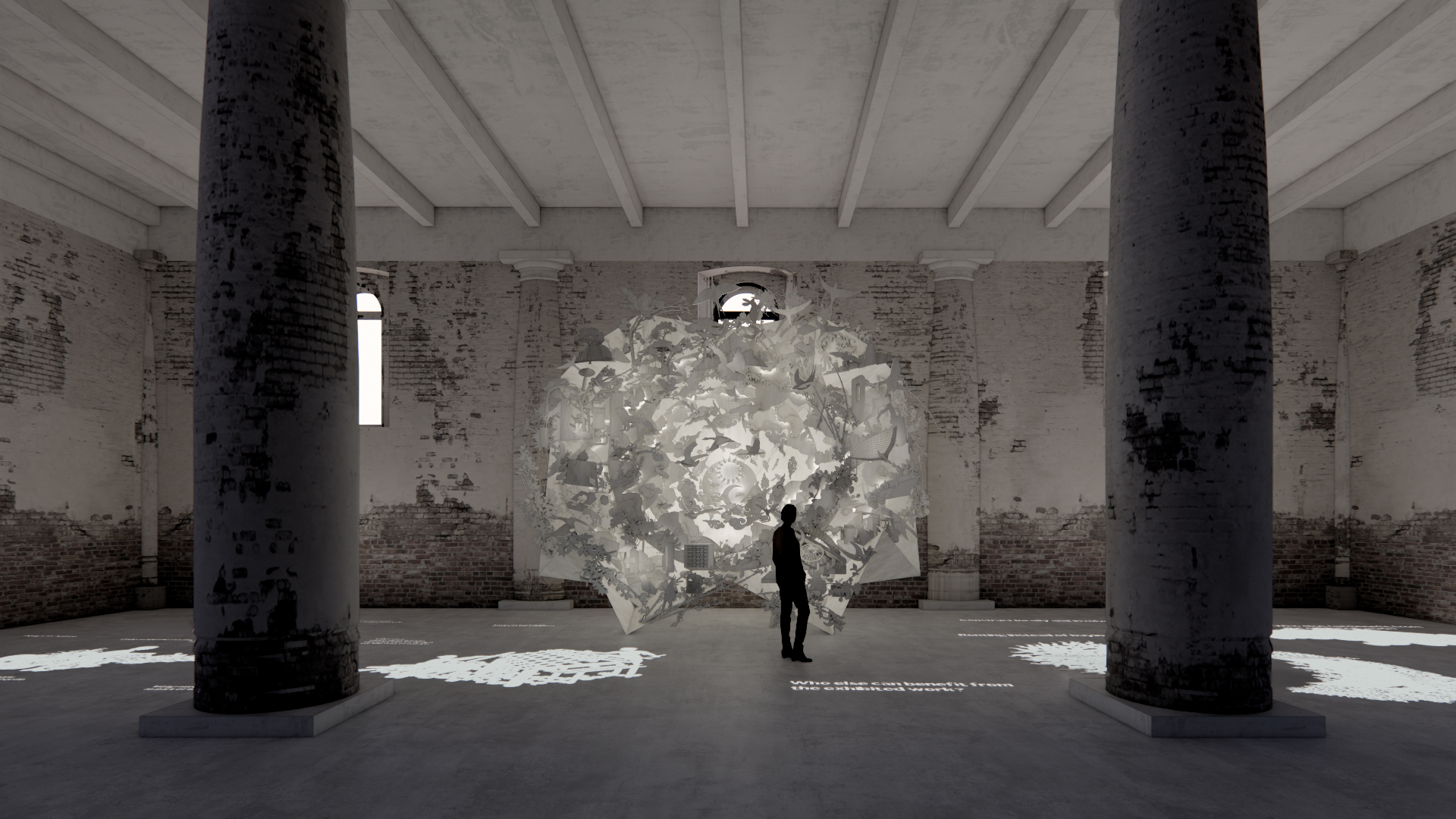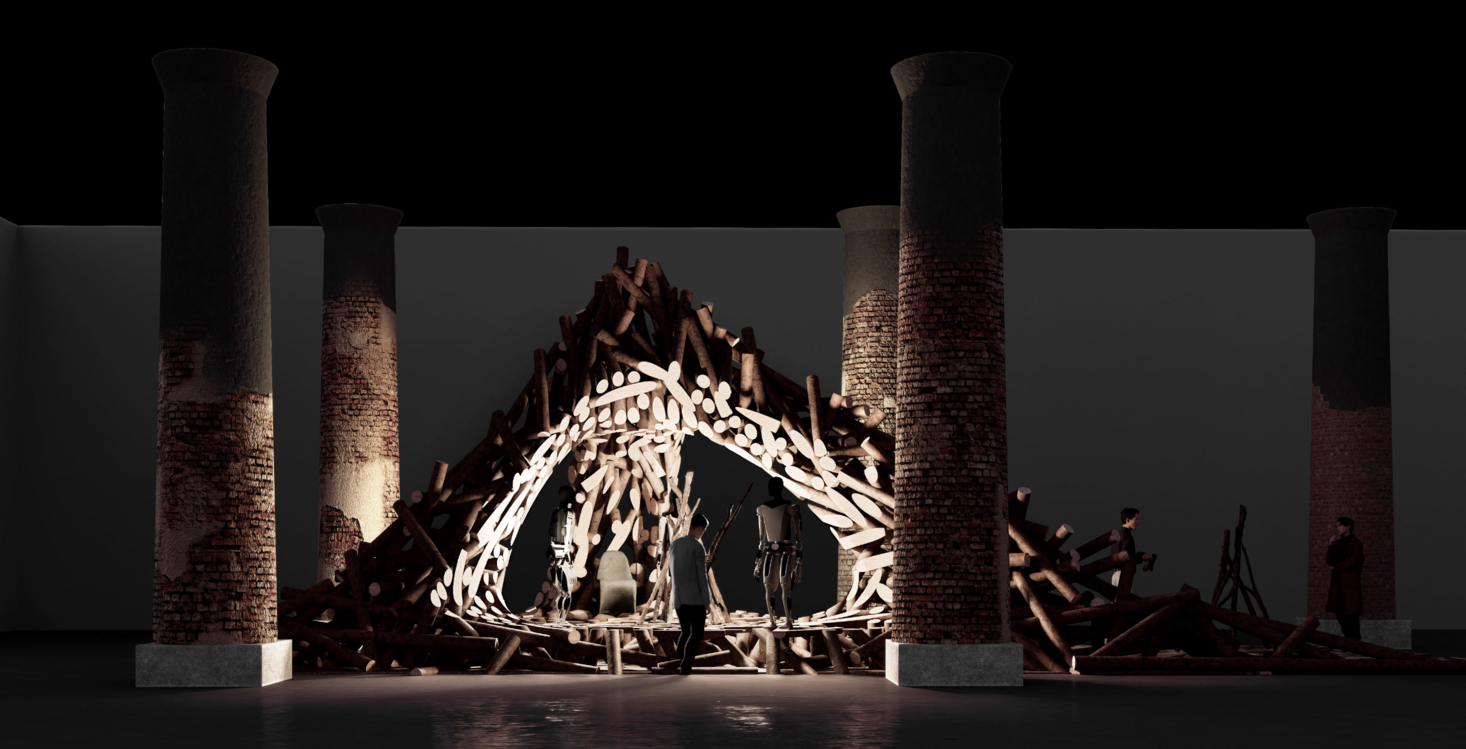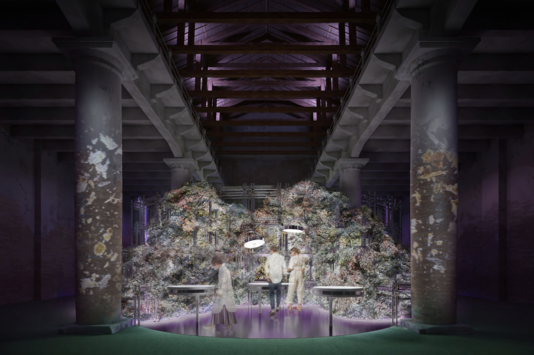Carlo Ratti: The Architecture of Intelligens and Adaptation
Carlo Ratti
To mark the 19th International Architecture Exhibition – La Biennale di Venezia, Manuel Orazi interviewed Carlo Ratti, the curator of this year’s exhibition for My Art Guides. The theme Intelligens explores the diverse forms of intelligence that shape our world—Natural, Artificial, and Collective. Through a wide range of installations, projects, and collaborations, the exhibition reflects Ratti’s belief that architecture must adapt and integrate various forms of intelligence to address the challenges of a changing planet. By showcasing both traditional and cutting-edge approaches, Ratti invites visitors to explore how ecosystems, communities, and technology can work together to shape the future of architecture.
Manuel Orazi – The first input of your Biennale is the distinction of different kinds of intelligence, Natural, Artificial, and Collective, so it is logical to think that AI is not sufficient for doing architecture today, as someone might think, right?
Carlo Ratti – Yes! Today, when we say “intelligence,” people often think only of AI – or even more narrowly, of ChatGPT. But intelligence exists in many forms, and we need all of them to confront the challenges of a changing planet. That’s why we chose the title Intelligens, from the Latin root that includes gens – people. This is not just about algorithms, but also about ecosystems and communities. There will be many examples of the above in the exhibition. Natural intelligence will be showcased in projects like Yann Arthus-Bertrand’s new film “Origins on the Venice Lagoon”, or a collaboration with Kengo Kuma using AI to reintegrate irregular timber into construction without needing to standardise it. Artificial intelligence will help analyse millions of urban trees and their cooling effects or classify rubble from war-damaged buildings in Ukraine to enable reuse in reconstruction. Collective intelligence will reveal how spatial logic emerges from social dynamics in Lagos markets or Rio’s favelas. To face an altered planet, we must harness every form of intelligence – natural, artificial, and collective.

MO – MIT, where you taught for so many years, has a strong tradition of research in Biology and Technology. This seems what drove you to the concept of this Biennale, but don’t you think that also the poor techniques so much loved by Bernard Rudofsky or Victor Papanek and others are still necessary today everywhere? In other words, don’t you think that poor techniques like crawl spaces or wind towers are more sustainable than robots?
CR – I’ve long admired Bernard Rudofsky – from his MoMA exhibition and book on architecture without architects to his home in Frigiliana next to Malaga, designed with José Antonio Coderch. One of the Biennale’s projects, by John Lin, begins with Rudofsky’s case studies in China and explores how the vernacular has evolved over the past 50 years. As for “poor” vs “rich” techniques, I don’t see it as a dichotomy – we need all kinds of approaches together. Guided by our Circular Economy Manifesto, we focus on symbiosis over substitution – blending natural systems with human-made technologies in regenerative cycles. The future of architecture lies in integration: from the “primitive hut” to robotics driven by AI. What matters is not dominance but adaptability – cultivating diverse solutions for a rapidly evolving world. But in any case, the exhibition contains many powerful examples of what you call “poor techniques,” such as Boonserm Premthada’s Elephant Chapel, made with bricks composed of elephant dung.

MO – In the 19th century, Patrick Geddes, who was not an architect, got the words from biology for describing the new, bigger cities born from the industrial revolution: coalescence, coagulation, corpuscular fusion, conurbation. Do we need new words or concepts for conceiving our cities of the 21st century?
CR – I agree. But our understanding of biology has evolved a great deal since the 19th century. Geddes spoke of “conurbation” and “coagulation,” which reflected the science of his time. I would contend that today’s cities don’t coagulate – they swarm. And for the first time, we can study them as living systems, thanks to new real-time data. We need a new language that reflects contemporary biology – and also new terms from climate science, like adaptation. In recent decades, architecture has focused mainly on mitigation: reducing environmental impact. But that’s no longer enough. The climate has already changed. Now we need to rethink architecture itself – to make it adaptable to a transformed world. And that shift in thinking starts with shifting our vocabulary.

MO – You insist very much on adaptation as a key function for architecture in the near future. Is it for this reason that you consider so much science, especially biology, so carefully about the evolution of organisms, as an allied science of architecture?
CR – Exactly. At the core of nature is the capacity to respond to change – adaptation. This principle can offer a powerful new lens for architecture and urban planning. But to apply it, we need to engage with biology – and many other fields. That’s why this Biennale is so diverse. For the first time, we’re featuring over 750 participants: not only architects and engineers, but also climate scientists, philosophers, artists, mathematicians, coders, chefs, farmers, fashion designers, and more. Adaptation calls for collaboration and inclusivity. Our contributors also span generations – from Pritzker Prize winners and former Biennale curators to Nobel laureates and recent graduates. It’s a cross-disciplinary, cross-generational dialogue.

MO – Le Corbusier wrote that he took Venice as a witness of his ideas (i.e. separation of pedestrian traffic from automobile or boat traffic etc.). Do you think that Venice, with all its problems in overtourism, depopulation, environmental risk etc., could still be a model for the contemporary cities?
CR – Le Corbusier’s vision, particularly from the Athens Charter onward, contributed to the rigid zoning and separation of functions that characterised much of 20th-century urban planning – and defined its shortcomings. We’ve seen the consequences of this firsthand in our studio’s work on expanding Brasília – one of modernism’s emblematic cities. Rather than Le Corbusier, I prefer to look at Venice through the lens of Italo Calvino’s: a city that contains all others. As he wrote in Invisible Cities:
“There is one city that you never speak of.
Marco Polo bowed his head.
‘Venice’, said the Khan.
Marco smiled. ‘What else do you think I’ve been talking to you about?’
The emperor didn’t flinch. ‘And yet I’ve never heard you mention its name.’
And Polo replied, ‘Every time I describe a city, I say something about Venice.’”
This is even truer today. Venice is probably the most fragile city in the face of global challenges such as climate change and overtourism. So, Venice as a Lab can help develop ideas for the rest of the world, a reservoir of spatial intelligence that can inspire all. Venice’s challenges today are everyone’s tomorrow.




